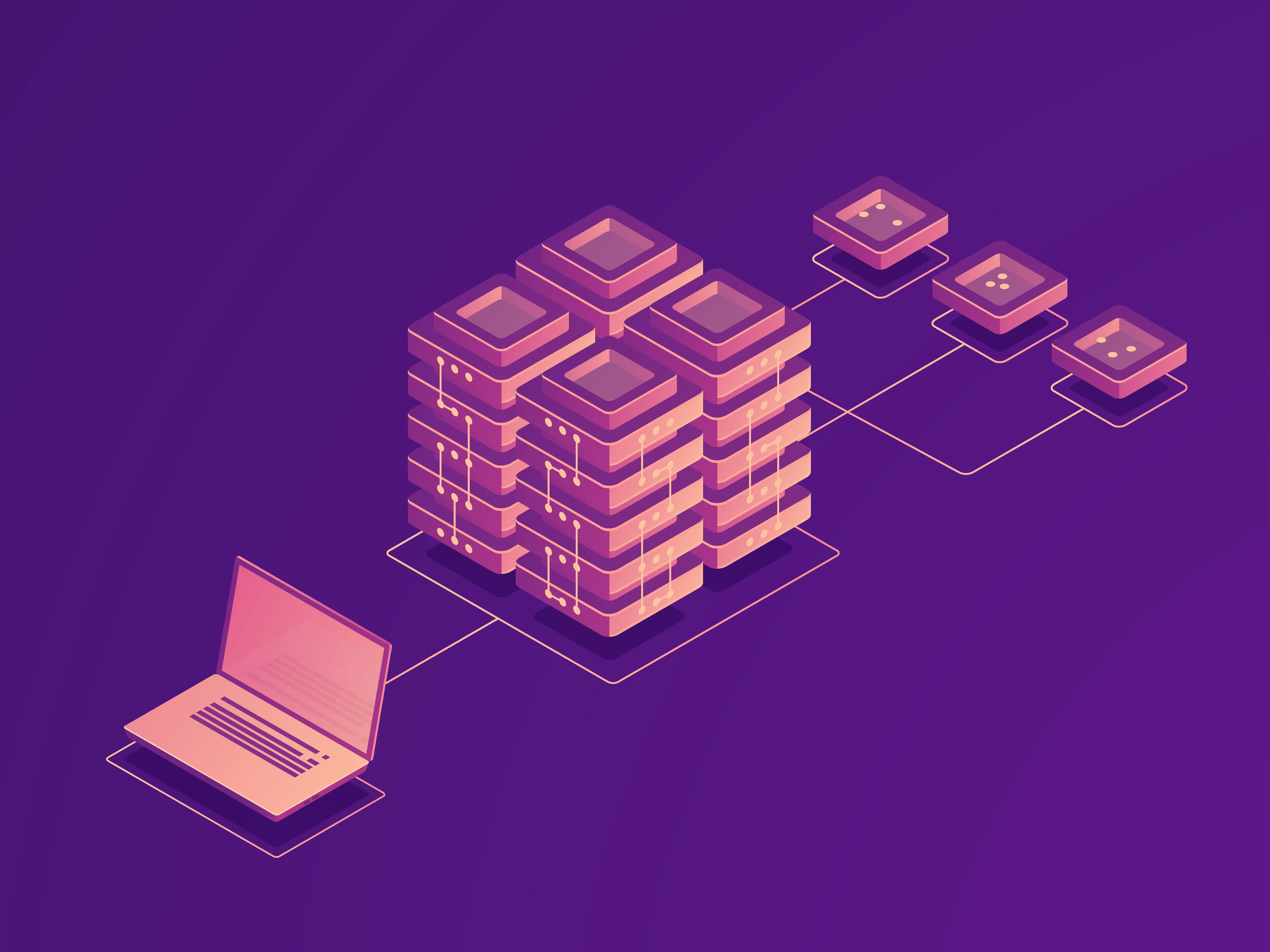Full stack dev Microservices

Here is a list of Full Stack Development Microservices that Octopus Technologies offer in React Framework:
- 01 React Component Library: Building reusable UI components that can be shared across multiple projects.
- 02 Server-Side Rendering (SSR): Implementing SSR to improve initial page load times and SEO.
- 03 State Management with Redux: Managing complex application state efficiently.
- 04 React Router: Creating dynamic, client-side routing for single-page applications.
- 05 RESTful API Integration: Integrating with RESTful APIs to fetch and update data.
- 06 GraphQL API Integration: Utilizing GraphQL for more efficient and precise data retrieval.
- 07 Authentication Service: Implementing user authentication and authorization.
- 08Database Integration: Integrating databases like MongoDB, PostgreSQL, or MySQL.
- 09 Real-Time WebSockets: Enabling real-time features through WebSocket integration.
- 10 Authentication via OAuth: Implementing OAuth-based authentication for third-party services.
- 11 Data Validation and Sanitization: Ensuring data integrity and security.
- 12 Testing Frameworks: Setting up testing using tools like Jest and Enzyme.
- 13 Containerization with Docker: Dockerizing applications for easy deployment.
- 14 Deployment with Kubernetes: Managing containerized applications in a Kubernetes cluster.
- 15 Continuous Integration/Continuous Deployment (CI/CD): Setting up automated build and deployment pipelines.
- 16 Serverless Functions: Integrating serverless functions for specific microservices.
- 17Micro-Frontends: Building modular front-end components that can be independently deployed.
- 18Logging and Monitoring: Implementing logging and monitoring solutions for debugging and performance analysis.
- 19Caching Strategies: Implementing caching mechanisms for improved performance.
- 20Load Balancing: Distributing traffic efficiently to ensure application scalability.
- 21CDN Integration: Leveraging Content Delivery Networks for faster content delivery.
- 22API Gateway: Managing and securing API endpoints efficiently.
- 23Database Sharding: Scaling databases horizontally for improved performance.
- 24Authentication Microservice: Centralized authentication service for multiple applications.
- 25Authorization Service: Centralized authorization service to manage user roles and permissions.
- 26User Notification Service: Managing user notifications and alerts.
- 27Search Service: Implementing advanced search capabilities using Elasticsearch or similar tools.
- 28File Storage Service: Managing file uploads and storage efficiently.
- 29Analytics and Reporting: Implementing tools and services for data analysis and reporting.
- 30Error Tracking: Implementing error tracking services to monitor application health.
- 31Task Queues and Workers: Managing background tasks using task queues and worker services.
- 32Content Management System (CMS) Integration: Integrating with CMS platforms for content-driven applications.
- 33Payment Gateway Integration: Enabling online payments through payment gateway APIs.
- 34Internationalization and Localization: Adapting applications for global audiences.
- 35Scalable Infrastructure: Setting up scalable infrastructure using cloud services like AWS, Azure, or GCP.
- 36API Documentation: Creating comprehensive API documentation for developers.
- 37Version Control: Implementing version control systems like Git for code management.
- 38Security Measures: Implementing security best practices, including authentication, encryption, and data protection.
- 39Dependency Management: Managing project dependencies efficiently using tools like Yarn or npm.